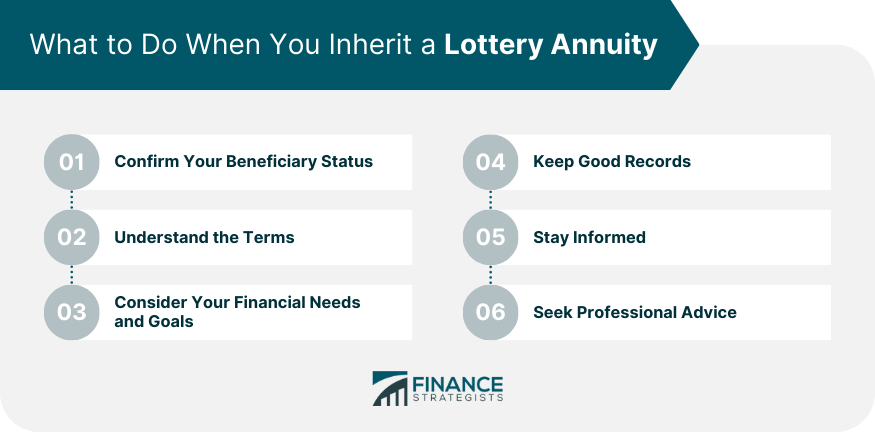All Categories
Featured
Table of Contents
This five-year general rule and 2 complying with exemptions apply only when the owner's death sets off the payout. Annuitant-driven payouts are reviewed listed below. The initial exemption to the general five-year guideline for individual beneficiaries is to approve the survivor benefit over a longer duration, not to surpass the anticipated life time of the recipient.
If the recipient chooses to take the death benefits in this approach, the advantages are taxed like any kind of various other annuity settlements: partly as tax-free return of principal and partly gross income. The exclusion proportion is discovered by using the departed contractholder's price basis and the anticipated payments based on the recipient's life span (of shorter duration, if that is what the beneficiary selects).
In this approach, occasionally called a "stretch annuity", the recipient takes a withdrawal every year-- the required amount of annually's withdrawal is based on the very same tables made use of to compute the called for distributions from an individual retirement account. There are 2 benefits to this method. One, the account is not annuitized so the recipient preserves control over the cash value in the contract.
The 2nd exception to the five-year regulation is available only to an enduring spouse. If the assigned recipient is the contractholder's spouse, the spouse might choose to "step right into the shoes" of the decedent. Basically, the spouse is dealt with as if he or she were the owner of the annuity from its creation.
Tax rules for inherited Annuity Beneficiary
Please note this uses only if the partner is named as a "marked recipient"; it is not readily available, for circumstances, if a trust is the beneficiary and the spouse is the trustee. The general five-year guideline and both exemptions only put on owner-driven annuities, not annuitant-driven agreements. Annuitant-driven contracts will certainly pay death benefits when the annuitant dies.

For purposes of this conversation, presume that the annuitant and the proprietor are different - Variable annuities. If the agreement is annuitant-driven and the annuitant passes away, the fatality causes the survivor benefit and the recipient has 60 days to determine exactly how to take the survivor benefit subject to the terms of the annuity contract
Likewise note that the option of a partner to "step right into the shoes" of the proprietor will not be readily available-- that exception applies just when the owner has died but the proprietor really did not die in the instance, the annuitant did. Lastly, if the beneficiary is under age 59, the "fatality" exemption to stay clear of the 10% penalty will not put on an early circulation again, because that is available just on the death of the contractholder (not the fatality of the annuitant).
Actually, lots of annuity business have internal underwriting policies that decline to issue agreements that name a various proprietor and annuitant. (There may be odd circumstances in which an annuitant-driven contract fulfills a customers one-of-a-kind needs, however usually the tax downsides will certainly outweigh the benefits - Multi-year guaranteed annuities.) Jointly-owned annuities might posture similar problems-- or at the very least they might not serve the estate planning feature that various other jointly-held properties do
Consequently, the survivor benefit need to be paid out within 5 years of the initial owner's fatality, or subject to the two exemptions (annuitization or spousal continuance). If an annuity is held jointly between an other half and partner it would certainly appear that if one were to pass away, the other could just proceed ownership under the spousal continuance exception.
Think that the hubby and better half called their boy as recipient of their jointly-owned annuity. Upon the fatality of either proprietor, the firm must pay the fatality advantages to the child, who is the beneficiary, not the enduring partner and this would probably defeat the proprietor's purposes. Was really hoping there might be a mechanism like setting up a recipient Individual retirement account, however looks like they is not the situation when the estate is configuration as a recipient.

That does not identify the kind of account holding the inherited annuity. If the annuity was in an inherited IRA annuity, you as executor ought to have the ability to designate the acquired IRA annuities out of the estate to inherited Individual retirement accounts for every estate beneficiary. This transfer is not a taxed event.
Any circulations made from acquired IRAs after task are taxable to the recipient that received them at their average income tax price for the year of distributions. Yet if the acquired annuities were not in an individual retirement account at her fatality, then there is no other way to do a straight rollover right into an inherited individual retirement account for either the estate or the estate beneficiaries.
If that happens, you can still pass the circulation via the estate to the specific estate beneficiaries. The tax return for the estate (Type 1041) can include Type K-1, passing the earnings from the estate to the estate recipients to be tired at their private tax obligation prices instead than the much greater estate income tax prices.
How are Index-linked Annuities taxed when inherited

: We will certainly produce a strategy that consists of the very best items and attributes, such as enhanced survivor benefit, premium bonuses, and permanent life insurance.: Receive a customized method made to maximize your estate's worth and lessen tax liabilities.: Execute the selected approach and receive ongoing support.: We will certainly aid you with establishing the annuities and life insurance plans, providing continuous assistance to guarantee the plan continues to be efficient.
Must the inheritance be pertained to as a revenue associated to a decedent, then tax obligations may use. Normally speaking, no. With exception to pension (such as a 401(k), 403(b), or IRA), life insurance coverage proceeds, and financial savings bond interest, the beneficiary normally will not need to bear any type of earnings tax obligation on their acquired riches.
The amount one can inherit from a depend on without paying taxes relies on different factors. The government estate tax exception (Annuity income stream) in the USA is $13.61 million for individuals and $27.2 million for married couples in 2024. Private states might have their own estate tax regulations. It is recommended to talk to a tax specialist for precise info on this issue.

His goal is to streamline retired life planning and insurance coverage, ensuring that customers comprehend their choices and protect the most effective protection at unbeatable prices. Shawn is the owner of The Annuity Professional, an independent online insurance company servicing customers across the United States. Via this system, he and his team objective to remove the uncertainty in retirement planning by aiding individuals find the very best insurance coverage at the most competitive prices.
Table of Contents
Latest Posts
Highlighting Variable Annuity Vs Fixed Indexed Annuity Key Insights on Immediate Fixed Annuity Vs Variable Annuity Breaking Down the Basics of Pros And Cons Of Fixed Annuity And Variable Annuity Pros
Analyzing Fixed Vs Variable Annuity Pros Cons Everything You Need to Know About Fixed Vs Variable Annuity Pros Cons Defining Pros And Cons Of Fixed Annuity And Variable Annuity Advantages and Disadvan
Exploring the Basics of Retirement Options A Closer Look at Pros And Cons Of Fixed Annuity And Variable Annuity Defining the Right Financial Strategy Features of Fixed Vs Variable Annuity Why Fixed An
More
Latest Posts